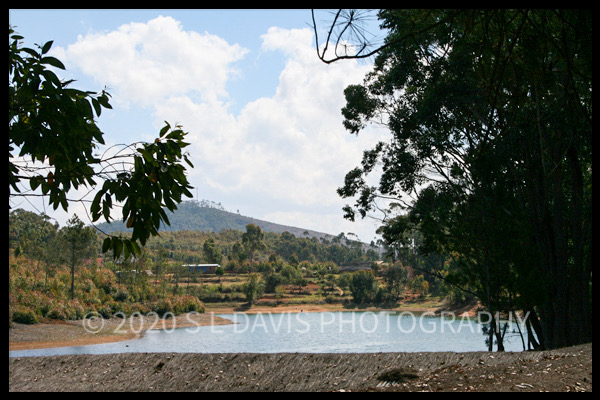
I arrive late afternoon at Lake Mantasoa and the view from the hotel of the surroundings are that of beautiful old country. The thing with Madagascar is some of the landscape looks like it’s had old fashioned American influence. The only way I can describe it is like the Wild West. Like the scenes of an old mining village and ranches.
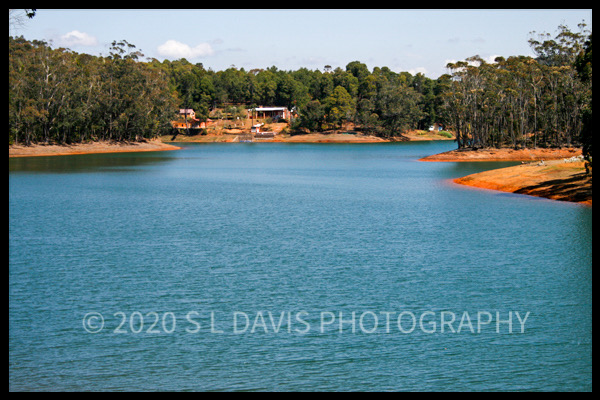
Mantasoa is filled with history and it retains the ruins of the first industrial city in Madagascar which was created by Jean Laborde, in the 19th century. Jean Laborde was a rather talented Frenchman who forged the first cannon, muskets and Malagasy mortars at the request of the Queen Ranavalona I. He additionally erected an industrial complex comprising of an arms workshop, blast furnace, casting, glassware and soap, also building a palace for the Queen.

Corona plant aka Crown of Thorns 
Azure Skimmer Dragonfly
The Mantasoa lake is man-made and shaped like the fingers of a hand. The lake was built in 1936 to regulate the Ikopa river and irrigate the rice fields in the Betsimitatatra plain. The Lake itself is 2,000 hectares with 95 miles of shoreline surrounded by eucalyptus trees and pine forests, with hundreds of kilometres of tracks. I took a walk around these tracks and as always I had to get closer to nature..
The common problem you will find throughout this blog, is to this day I am still unable to name many of the species I discovered during my trip and it is simply down to the fact that Madagascar is still very much undiscovered. There has been progress made but as the wildlife in the regions across the country are still so diverse and unique, it may take many more years before zoologists are able to name them. I guess it will be very interesting to see if I had discovered and documented a few new species.
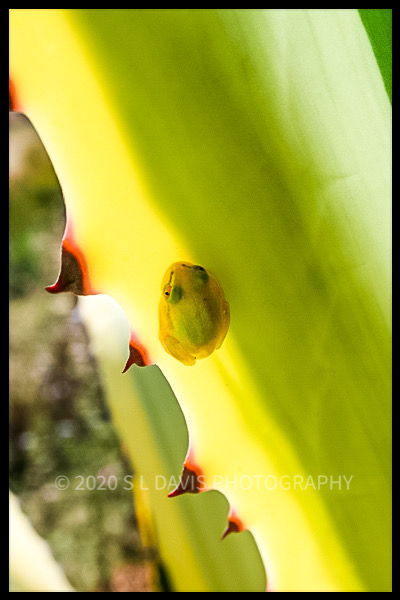
The following day I was to head over to Andasibe a small place also known as Perinet and this is where my guides true colours were about to be revealed.
After briefly stopping to allow me to take a couple of photos. My driver continued to speed past the stunning Mandraka cliffs, he is swerving the road like he’s on a formula one race track and taking blind bends at such speed he not only nearly loses control, he almost has the first near miss head on collision with a 32 tonne lorry. I am getting really good at these breathing exercises and white knuckle gripping of the car seats but my nerves are not improving. I am sure this guy literally doesn’t care as I have now repeatedly and politely asked him to slow down.
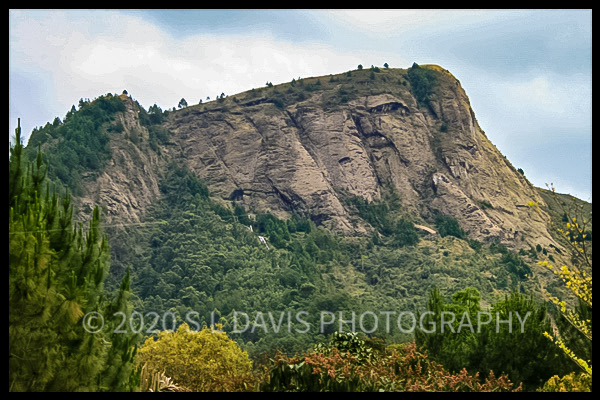
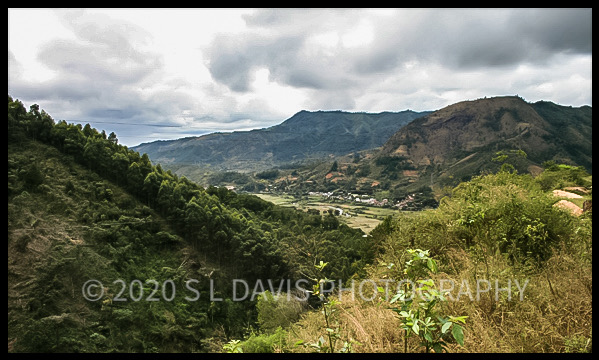
Eventually we stop in the city of Moramanga. There I was able to capture some very real photography of local life, observing the cabin type shops, market stalls of the flea market in the city. The older women were dressed like they have their Sunday best on, as you’d see in the West Indies and there were colourful pousse pousse (rickshaws) transporting those who could afford the fair. Homeless men are scattered about, children playing in the street or with dogs and also some with injuries. Men playing dominoes and young girls with attitude walking the streets, whilst mothers tend to their babies. There is also a rather colourful and curious entertainer and I take his photograph as he drops his guitar and poses with a smirk.

There is a war memorial dedicated to the Malagasy uprising. Moramanga itself is filled with it’s own history and played a significant role in the uprising on 29th March 1947. This was in nationalist rebellion against French colonial rule, lasting from March 1947 to February 1949. The memorial marks the event that took place on the evening of 29th March 1947, whereby coordinated surprise attacks were launched by Malagasy nationalists, armed mainly with spears, against military bases and French-owned plantations in the Eastern part of the island particularly around Moramanga and Manakara. The nationalist cause was adopted in the south and spread to the central highlands and the capital Antananarivo the following month, with the number of Malagasy nationalist fighters estimated at over one million.
In retaliation to the Malagasy uprising, the French tripled the number of troops on the island, by transferring soldiers from French colonies elsewhere in Africa. The colonial authorities fought on the physical and psychological fronts and engaged in a variety of terror tactics designed to demoralise the population.
The French military force carried out mass executions, tortures, war rapes, torching of entire villages, collective punishments and other atrocities such as throwing live Malagasy prisoners out of an airplane’s known as death flights. Uprising was effectively put down by December 1948, though the last armed resistance was only defeated in February 1949.
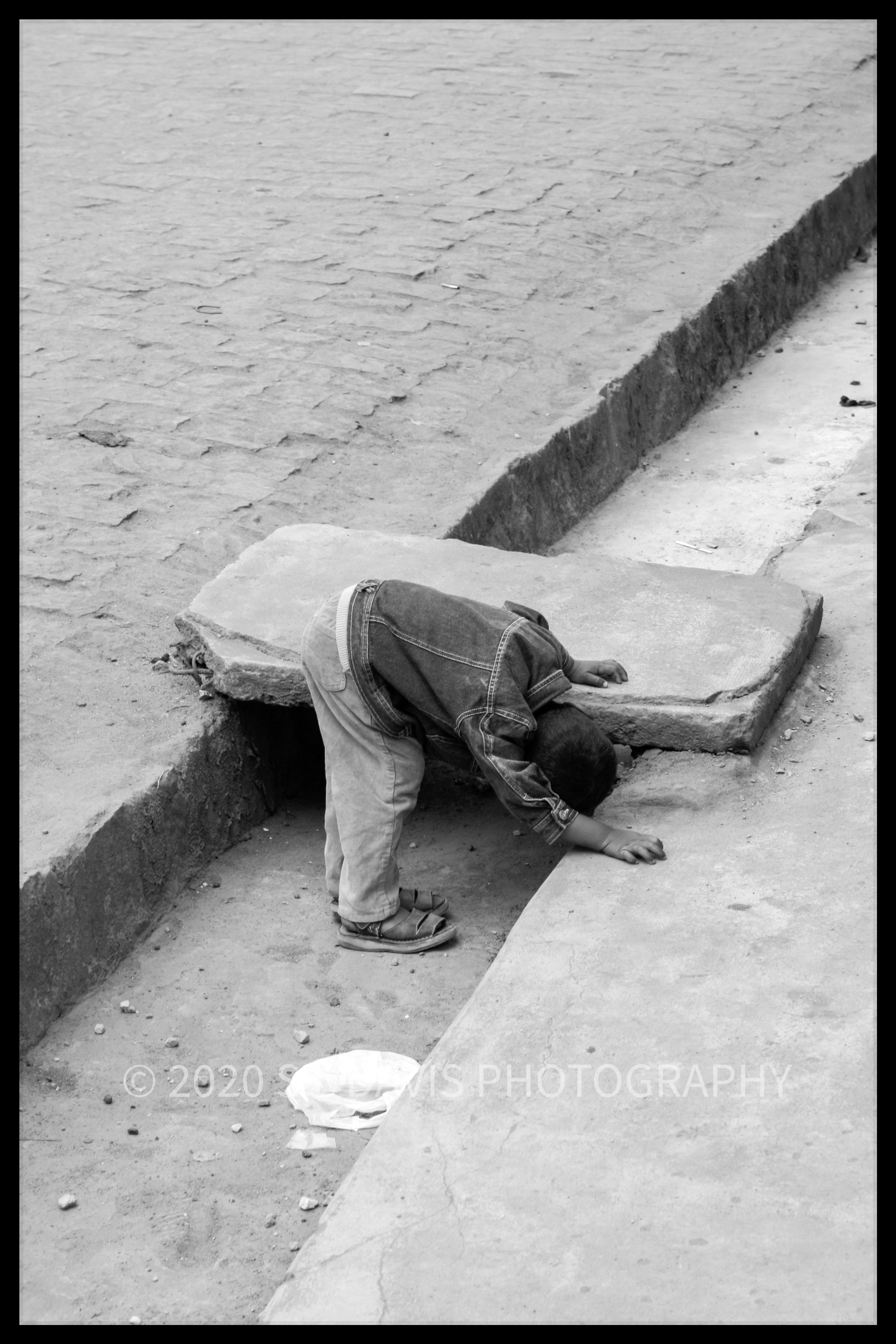
Madagascar’s first three deputies were arrested, tortured and kept in prison until they were given amnesty in 1958. Another leader who survived the conflict, Monja Jaona, was also jailed for nine years and then founded the Madagascar for the Malagasy Party, which has had considerable influence on Malagasy politics.
The violent repression of the insurgency left deep scars in Malagasy society. A generation of the managerial class were wiped out, the country experienced great challenges when it achieved independence in 1960 and still do now.
France had marked most documents relating to the Uprising as classified and the French government maintained a wall of silence on the subject. That was until French president Jacques Chirac termed it “unacceptable” in 2005, during an official visit to Madagascar. This would be one of many historical atrocities I would learn about as I made my way around Madagascar.
Arriving late afternoon in Andasibe, having passed many more sites at speed, meaning I was limited in what I was able to capture. By the time we arrived my guide and driver were only too keen to dump me at the lodge before seeking local women for entertainment and hoping I wouldn’t notice. Unfortunately I did. This was where I would confront some of what I was experiencing and it would be the beginnings of touring myself…







